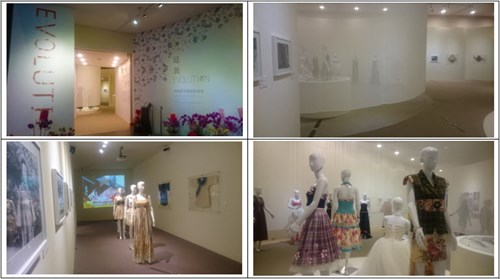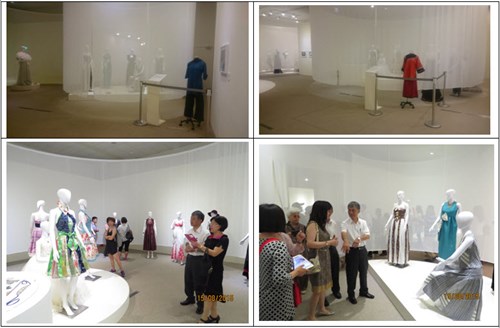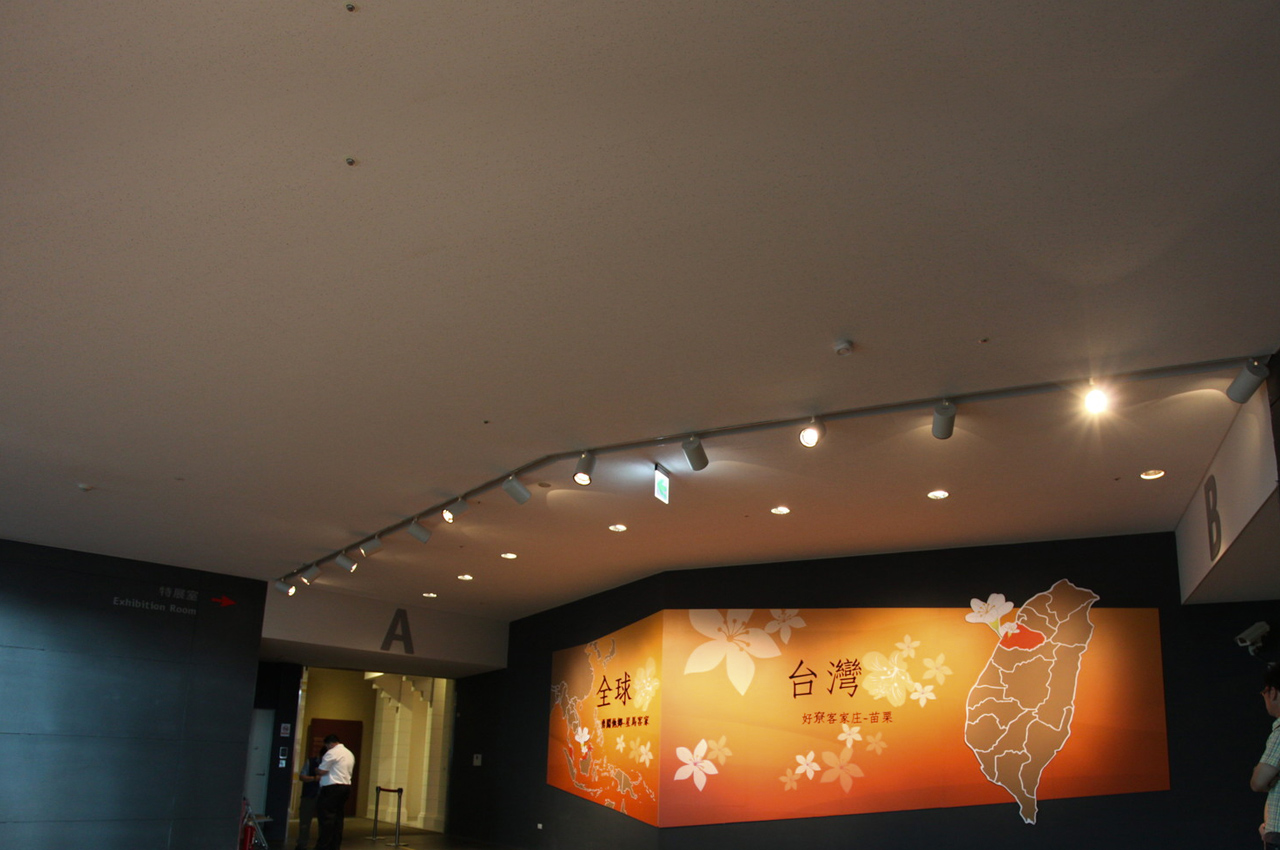Exhibition Review
Evolution - Interpreting Hakka Clothing New Fashion
Evolution - Interpreting Hakka Clothing New Fashion-The combination of Hakka traditional elements with modern fashion aesthetics
From Aug. 15 through Oct. 11, Taiwan Hakka Culture Development Center of Hakka Affairs Council rolled out the special exhibition—Evolution - Interpreting Hakka Clothing New Fashion—displaying Hakka traditional attire and accessories, Hakka creative clothing, the photograph works on contemporary fashion by Hakka photographers, through the modern viewpoint and the perspectives of art design, the exhibition-goers would be able to appreciate the beauty of Hakka clothing and experience novel styles of Hakka fashion.
“Evolution” refers to the concept of constantly reproducing and coexisting with the environment, signifying Hakka culture has been integrated into a brand-new one through interchanging and incorporating with other cultures in the process of interpretation in time and space. The exhibition is inspired by Hakka traditional elements, creating a room for the conversation between tradition and modernity through the coalescence of fashion design and vogue trend, demonstrating a new style of Hakka fashion, and is divided into four subtopics, that is to say, “The First Encounter”, “Beyond the Boundaries”, “Landscapes”, and “Reappearance”; the creative fashion derived from Hakka elements which originate from traditional Hakka, from the aspect of evolution and the angle of culture-crossing, integrating traditional and modern fashion design, breaking the composition rules of traditional Hakka fashion, establishes again the deduction and conversation between human body and clothing.
In terms of the exhibition space, based on Hakka’s frugal and reserved spirit and the concept of harmony between men and the nature, the arc-shaped passage in pure white was designed, guiding the exhibition-goers to shuttle back and forth between the curtains made of yarn as if the Hakka walking in the forests in early years, displaying the works with the beauty of subtlety, integrating the minimal space design of simplicity, elegance and subtlety with the traditional Hakka imagery. “The Footprints of the Ancestors,” a music piece composed by Su Fan-ling, Dean of the College of Humanities, Society and Arts, National Hsinchu University of Education, was played as the background music, allowing the visitors to experience the juxtaposition of the time and space of the old and new through visual and auditory senses.




